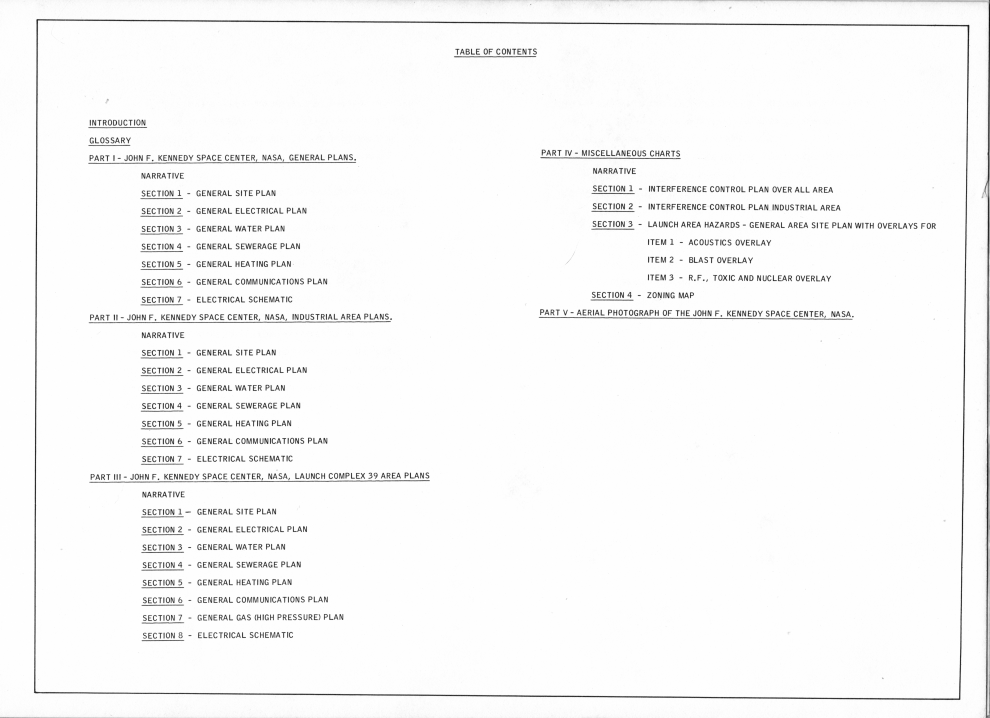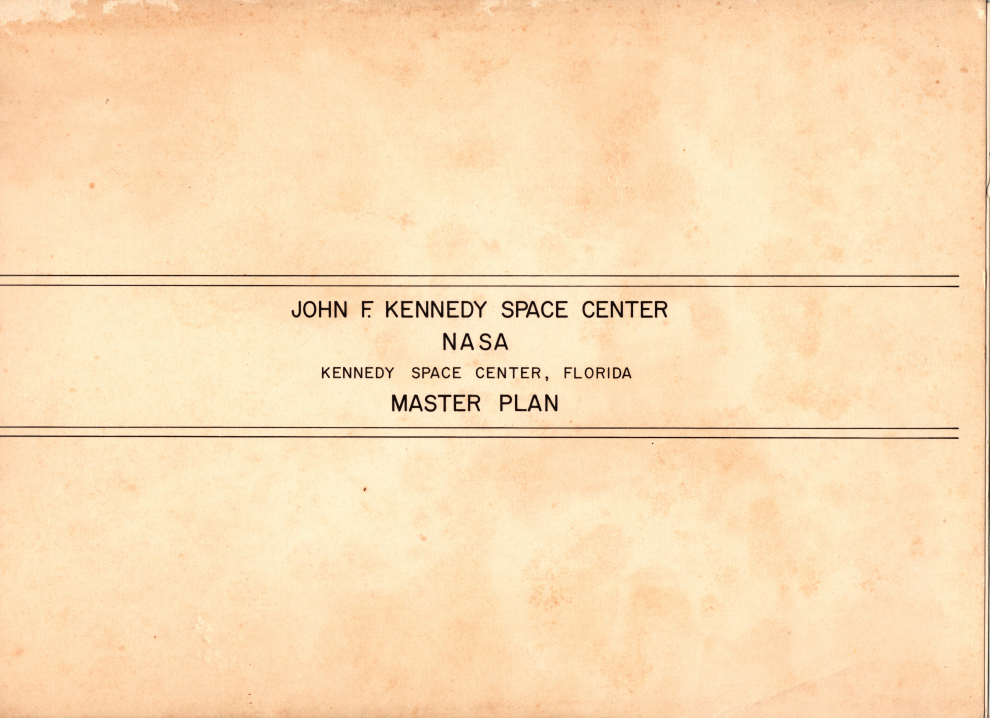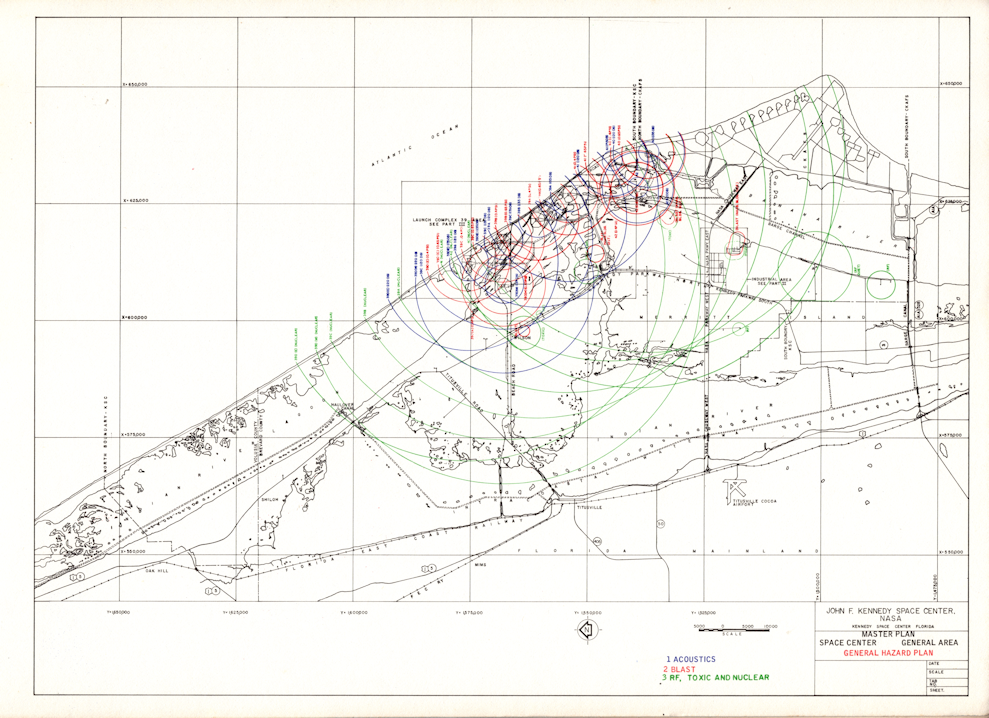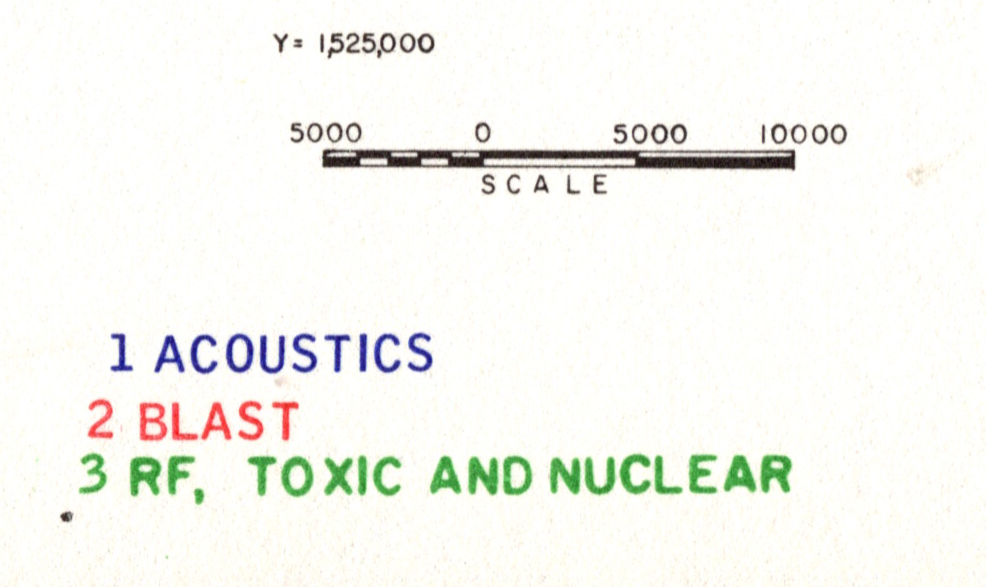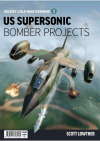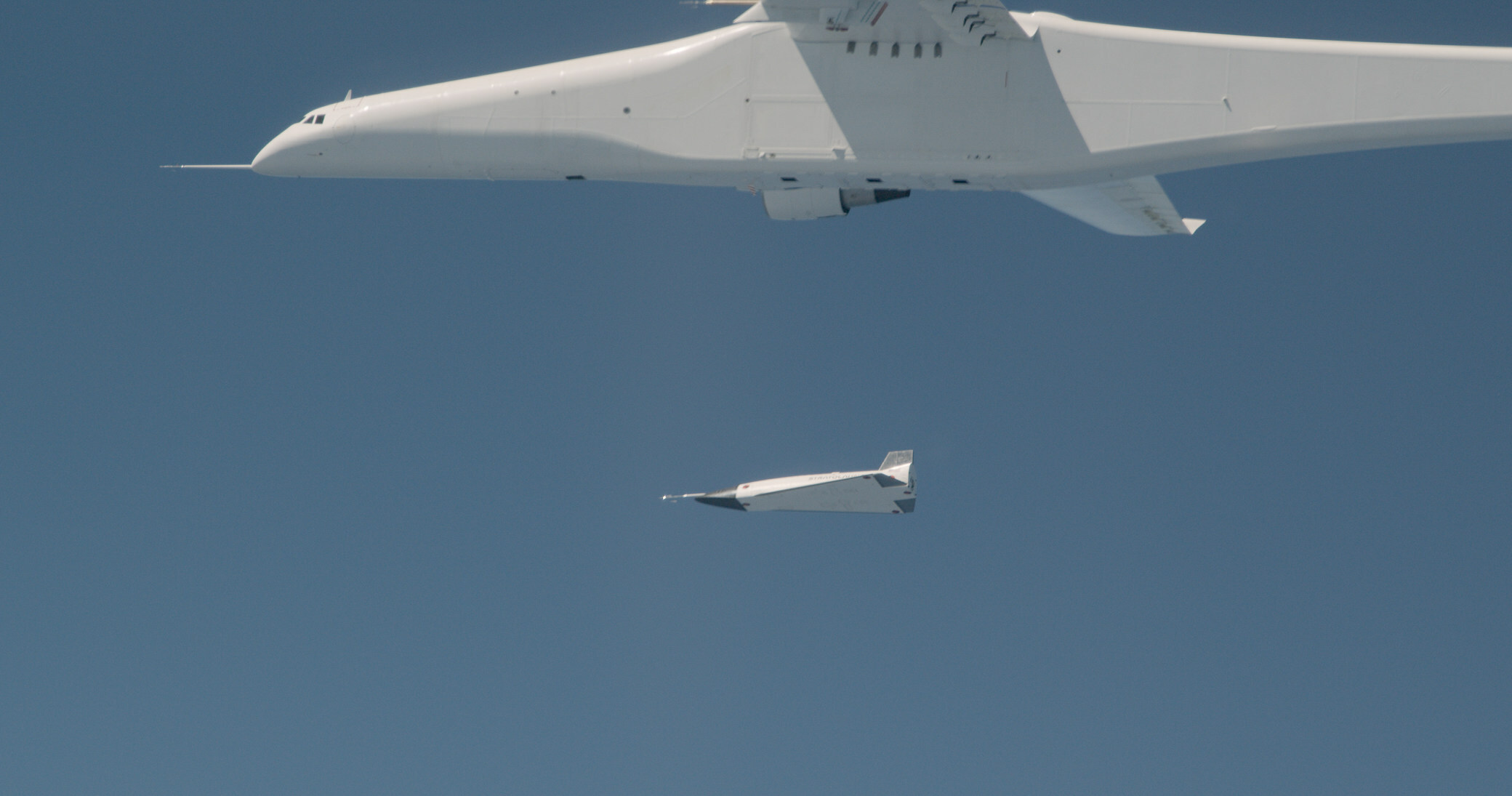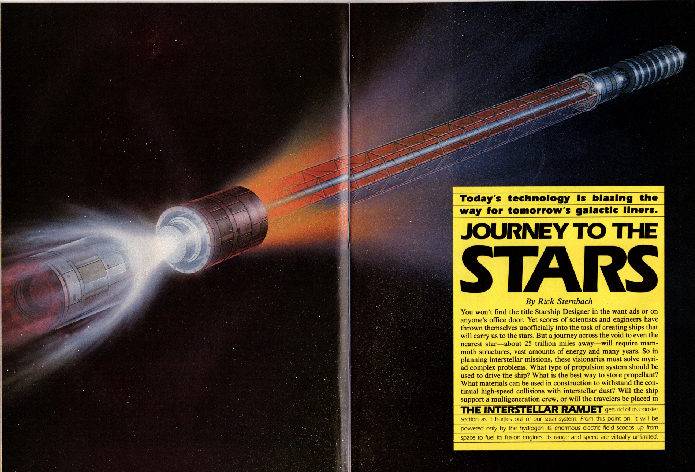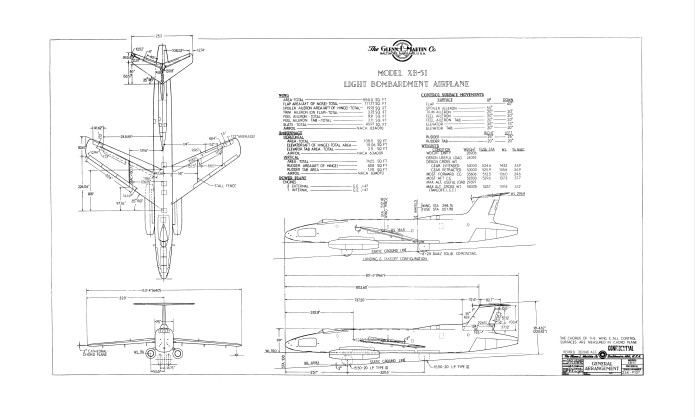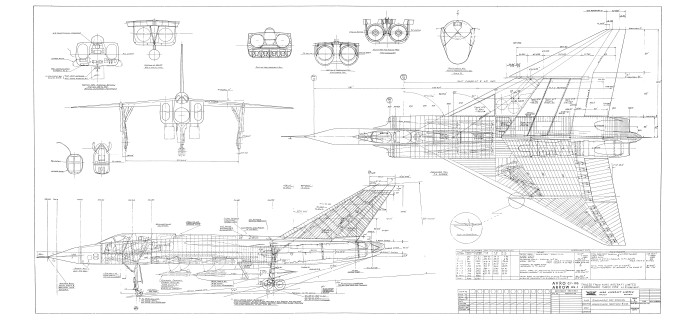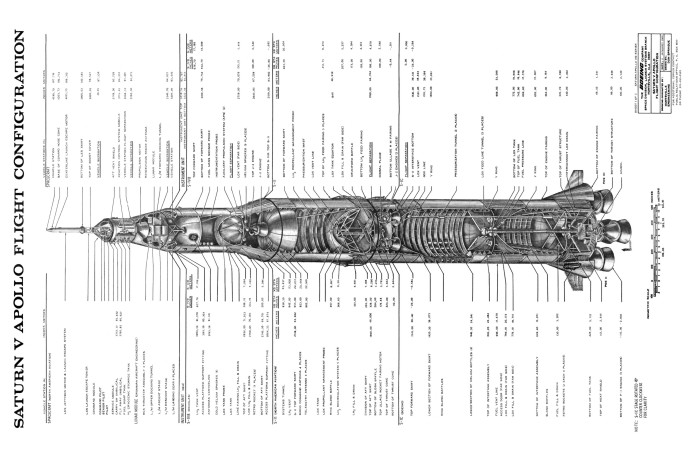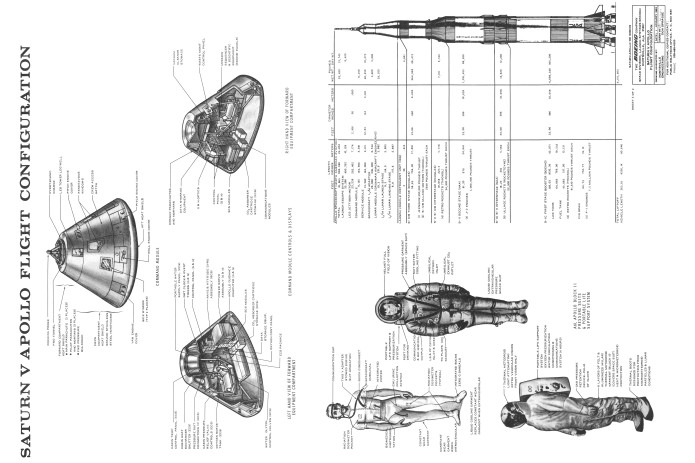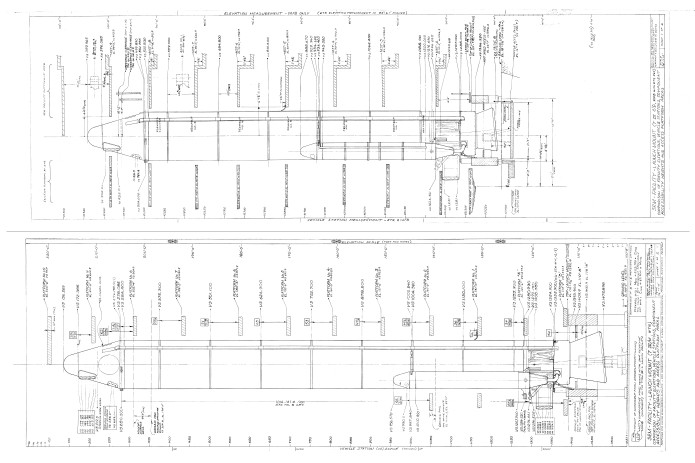Recently acquired at some cost, and finally fully scanned at some effort, is this 1965 “Master Plan” for Kennedy Space Center. It’s basically a book of maps of the region showing all aspect of the infrastructure. It’s in good shape and was scanned at 600 DPI rather than the usual 300, due to the fine quality of the maps. It will be in the next catalog for Patrons and Subscribers to vote on. It’s a little out of the usual for APR… it’s not about unbuilt aircraft or spacecraft; in fact, no aircraft or spacecraft designs are included. But it’s still an interesting historical artifact.
I also have a KSC Master Plan from the Shuttle era. Substantially larger format, with more conventional full-color maps. I haven’t scanned that due to the chore it would be to get done, but if this proves popular, I’ll get on it. I *also* have a large-format Master Plan for Ames Research Center.
If you are interested, check out the Historical Documents Program.
